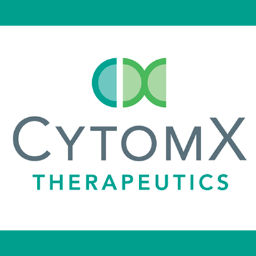Request Demo
Last update 08 May 2025
IFNAR-2
Last update 08 May 2025
Basic Info
Synonyms IFN-alpha binding protein, IFN-alpha/beta receptor 2, IFN-R-2 + [9] |
Introduction Together with IFNAR1, forms the heterodimeric receptor for type I interferons (including interferons alpha, beta, epsilon, omega and kappa) (PubMed:10049744, PubMed:10556041, PubMed:21854986, PubMed:26424569, PubMed:28165510, PubMed:32972995, PubMed:7665574, PubMed:7759950, PubMed:8181059, PubMed:8798579, PubMed:8969169). Type I interferon binding activates the JAK-STAT signaling cascade, resulting in transcriptional activation or repression of interferon-regulated genes that encode the effectors of the interferon response (PubMed:10049744, PubMed:17517919, PubMed:21854986, PubMed:26424569, PubMed:28165510, PubMed:32972995, PubMed:7665574, PubMed:7759950, PubMed:8181059, PubMed:8798579, PubMed:8969169). Mechanistically, type I interferon-binding brings the IFNAR1 and IFNAR2 subunits into close proximity with one another, driving their associated Janus kinases (JAKs) (TYK2 bound to IFNAR1 and JAK1 bound to IFNAR2) to cross-phosphorylate one another (PubMed:10556041, PubMed:11682488, PubMed:12105218, PubMed:21854986, PubMed:32972995). The activated kinases phosphorylate specific tyrosine residues on the intracellular domains of IFNAR1 and IFNAR2, forming docking sites for the STAT transcription factors (STAT1, STAT2 and STAT) (PubMed:11682488, PubMed:12105218, PubMed:21854986, PubMed:32972995). STAT proteins are then phosphorylated by the JAKs, promoting their translocation into the nucleus to regulate expression of interferon-regulated genes (PubMed:12105218, PubMed:28165510, PubMed:9121453).
Potent inhibitor of type I IFN receptor activity. |
Analysis
Perform a panoramic analysis of this field.
login
or

AI Agents Built for Biopharma Breakthroughs
Accelerate discovery. Empower decisions. Transform outcomes.
Get started for free today!
Accelerate Strategic R&D decision making with Synapse, PatSnap’s AI-powered Connected Innovation Intelligence Platform Built for Life Sciences Professionals.
Start your data trial now!
Synapse data is also accessible to external entities via APIs or data packages. Empower better decisions with the latest in pharmaceutical intelligence.
Bio
Bio Sequences Search & Analysis
Sign up for free
Chemical
Chemical Structures Search & Analysis
Sign up for free
